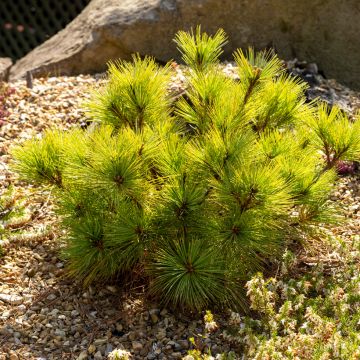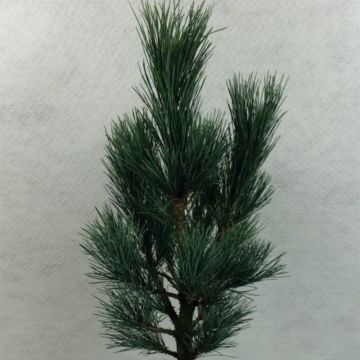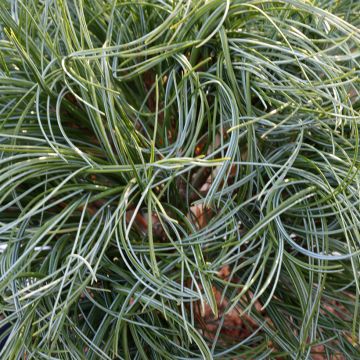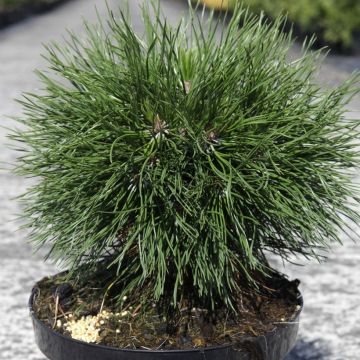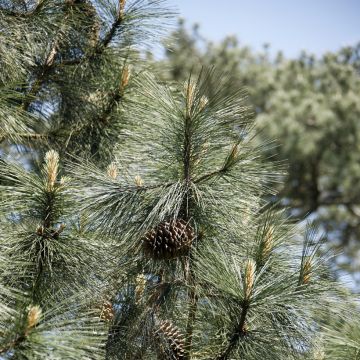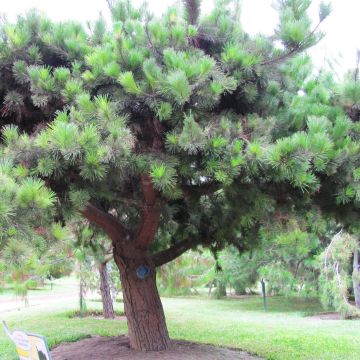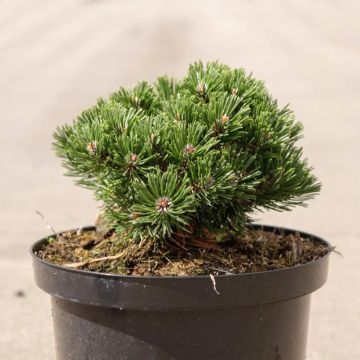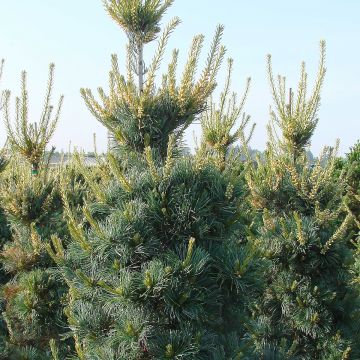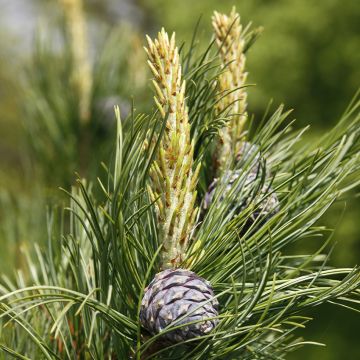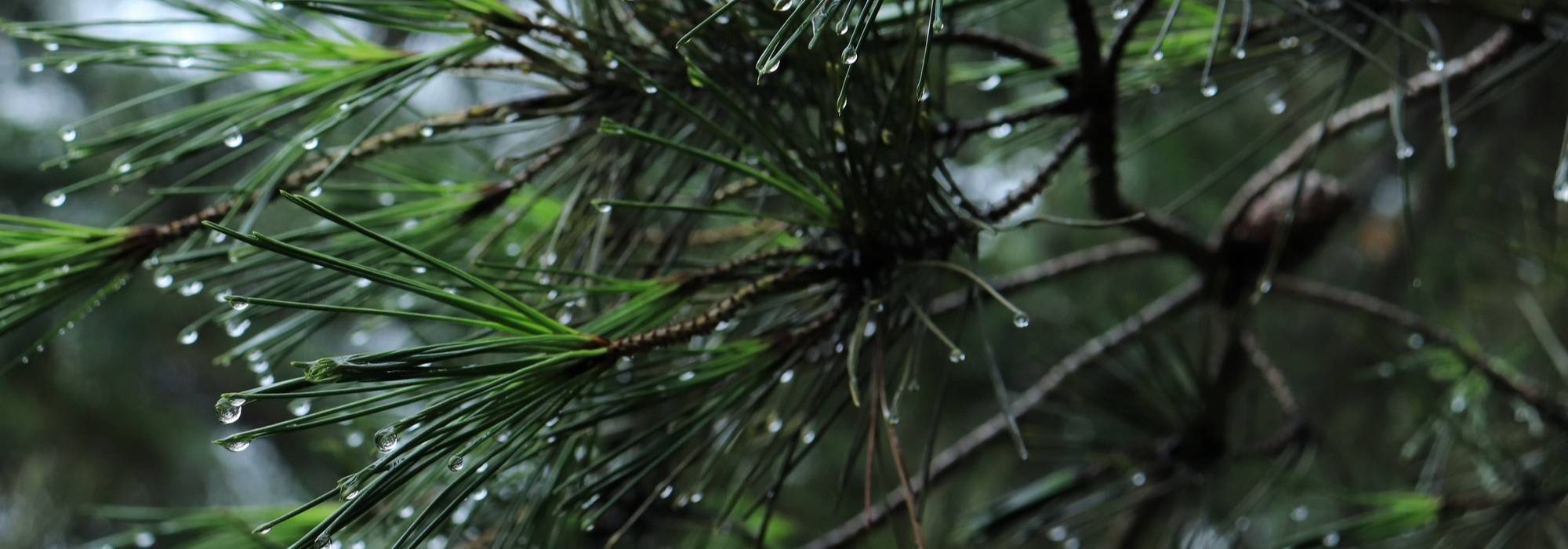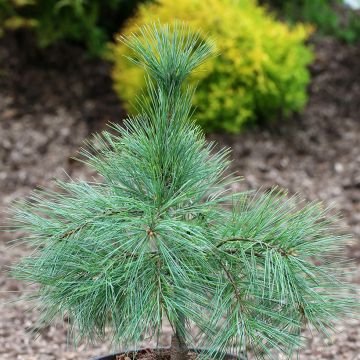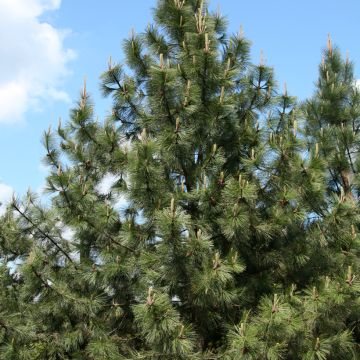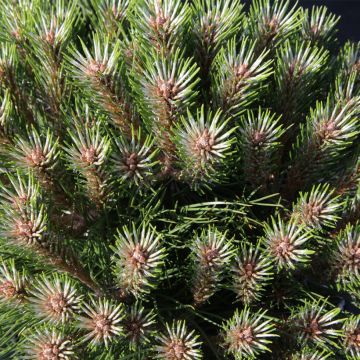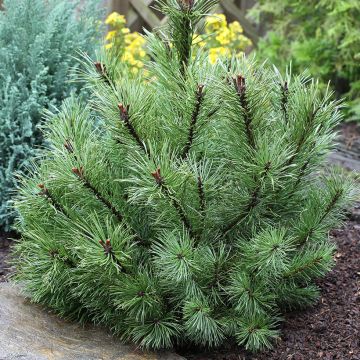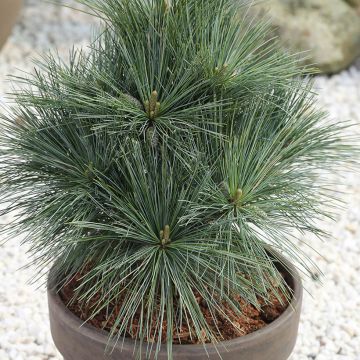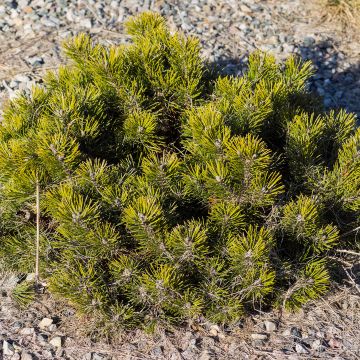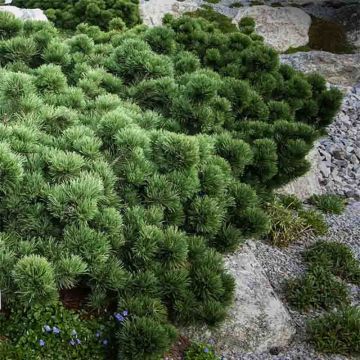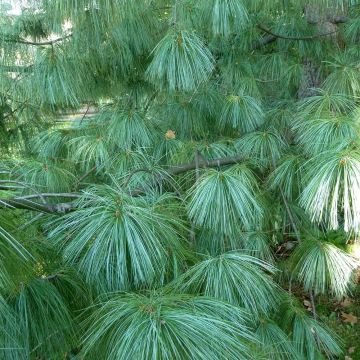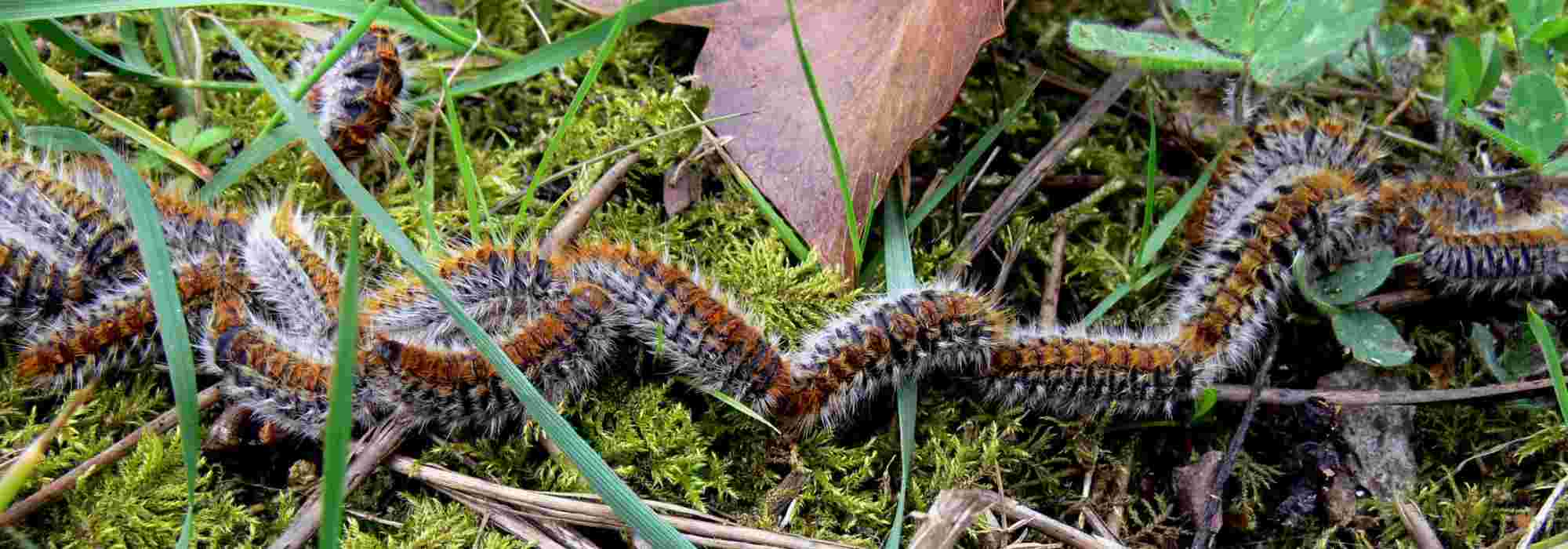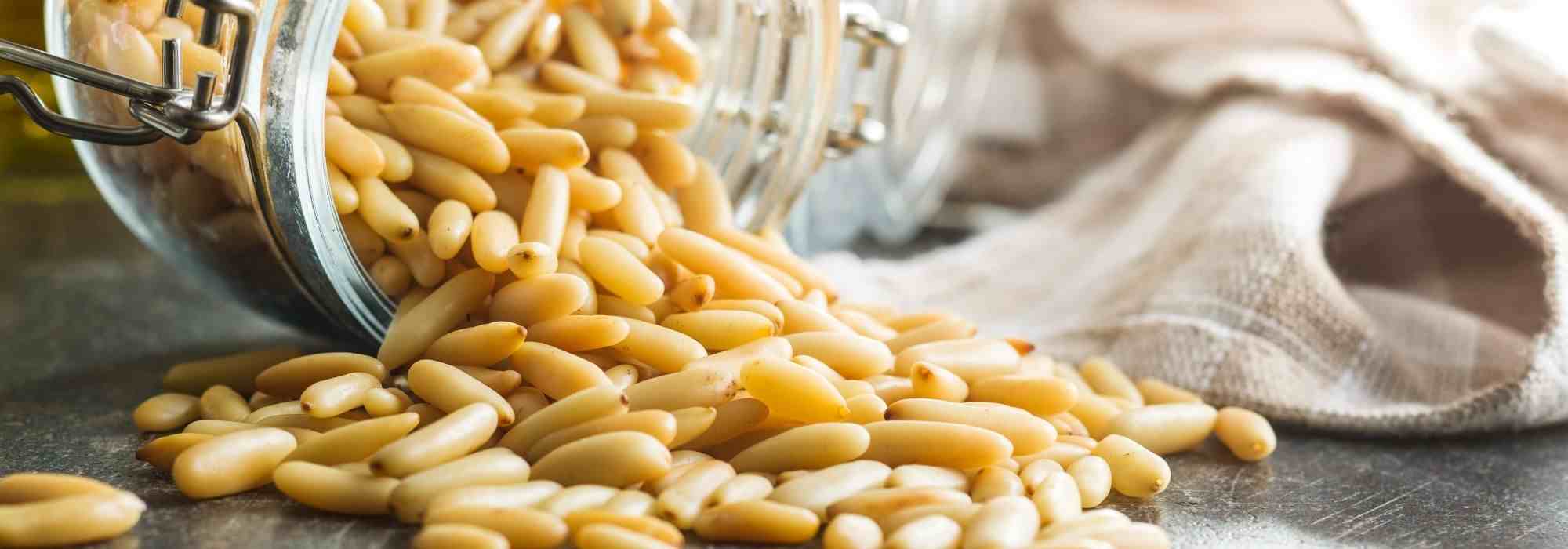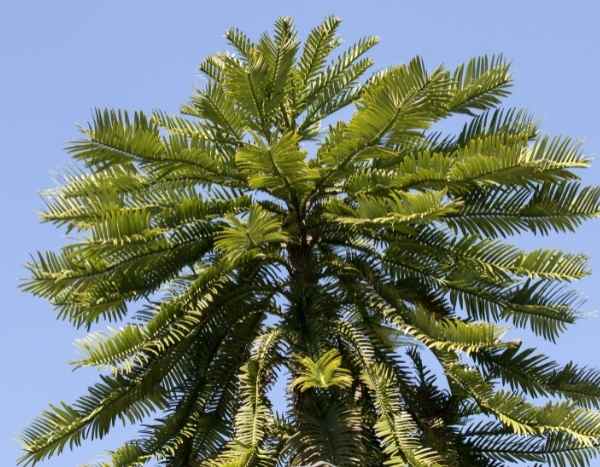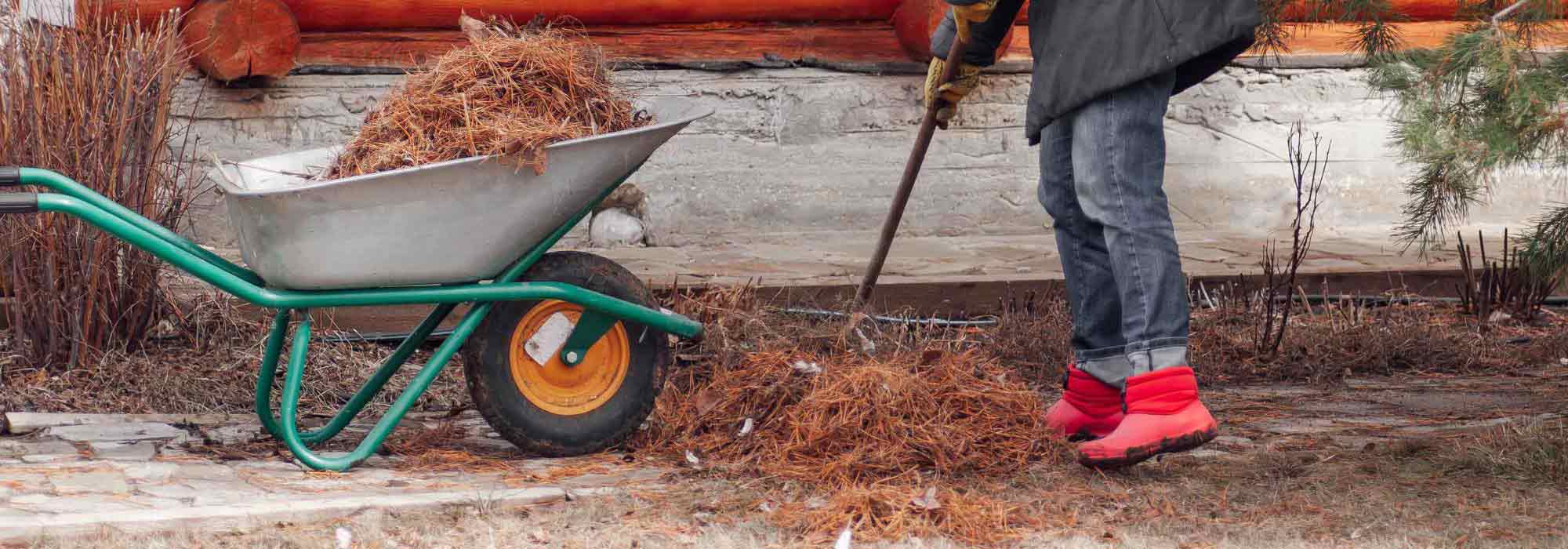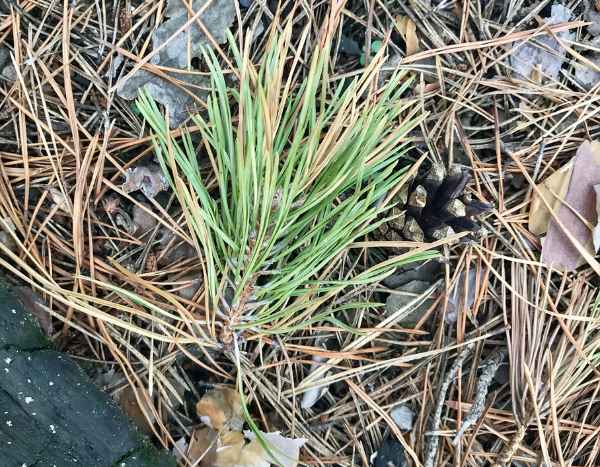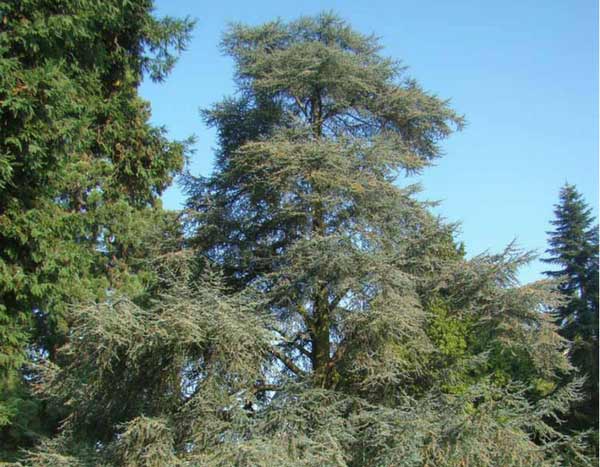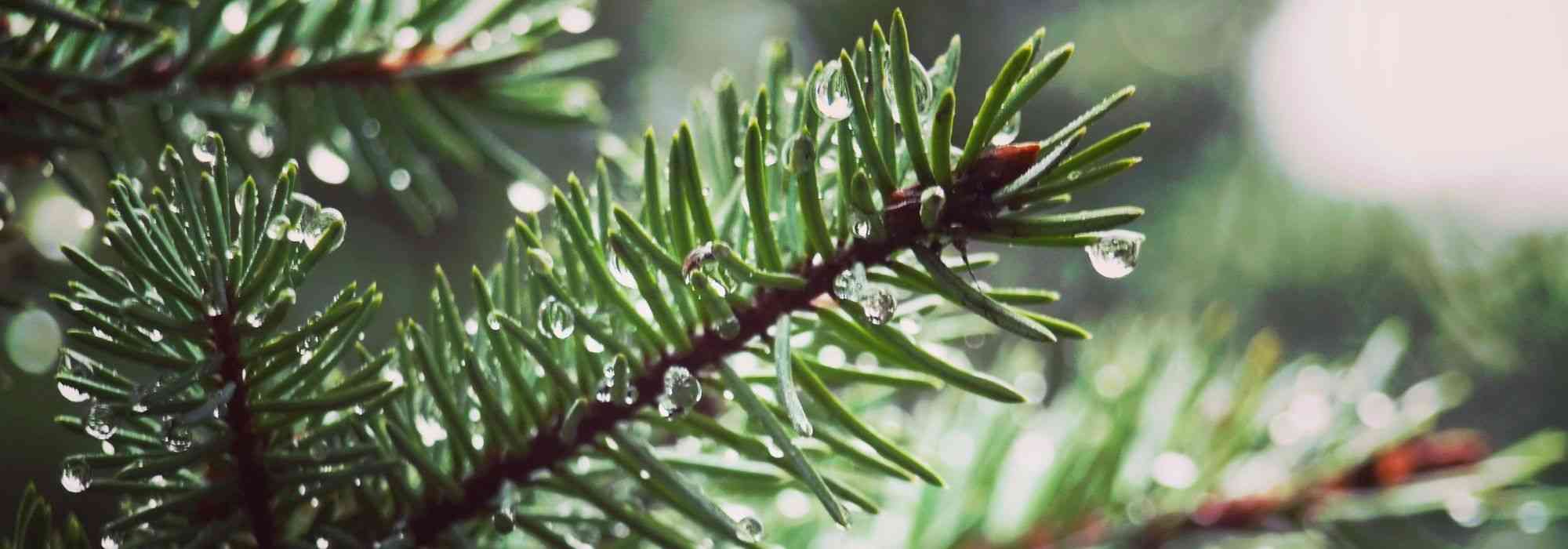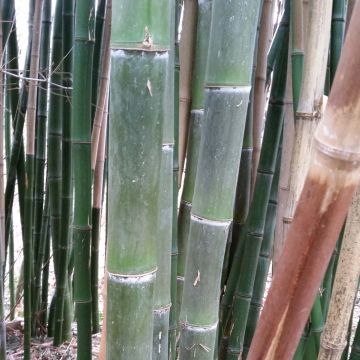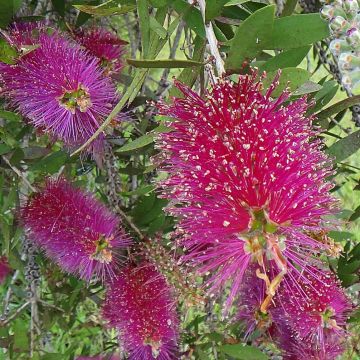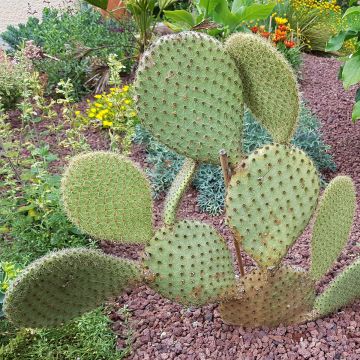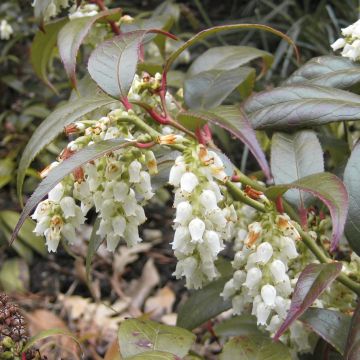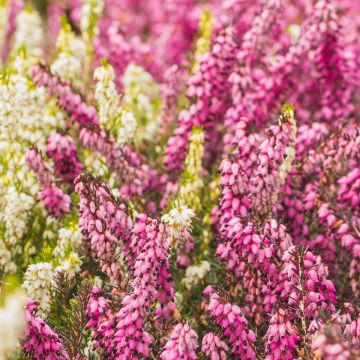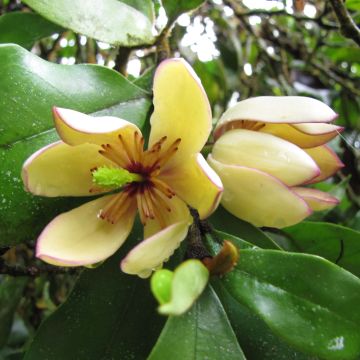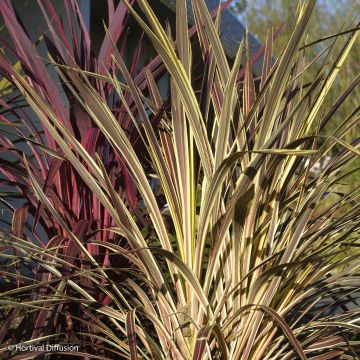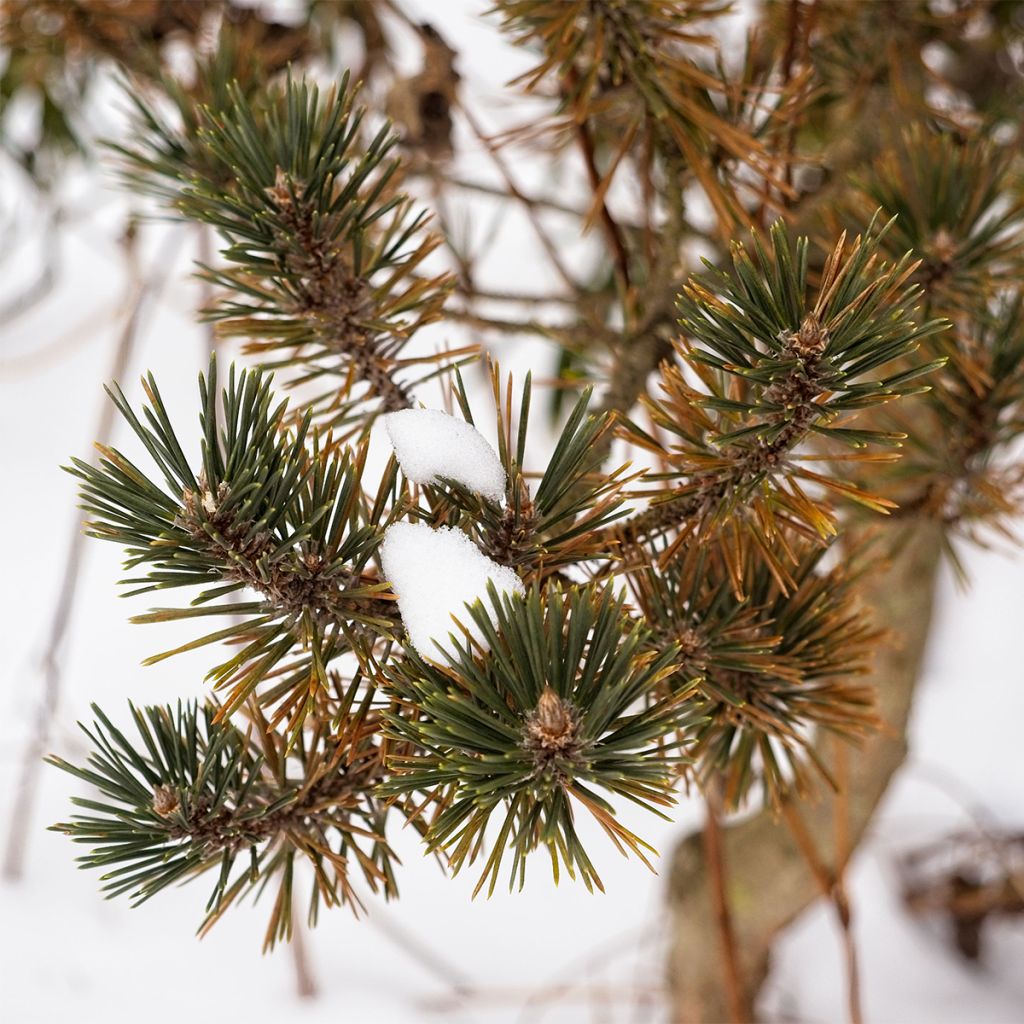

Pinus thunbergii Kotobuki - Japanese Black Pine
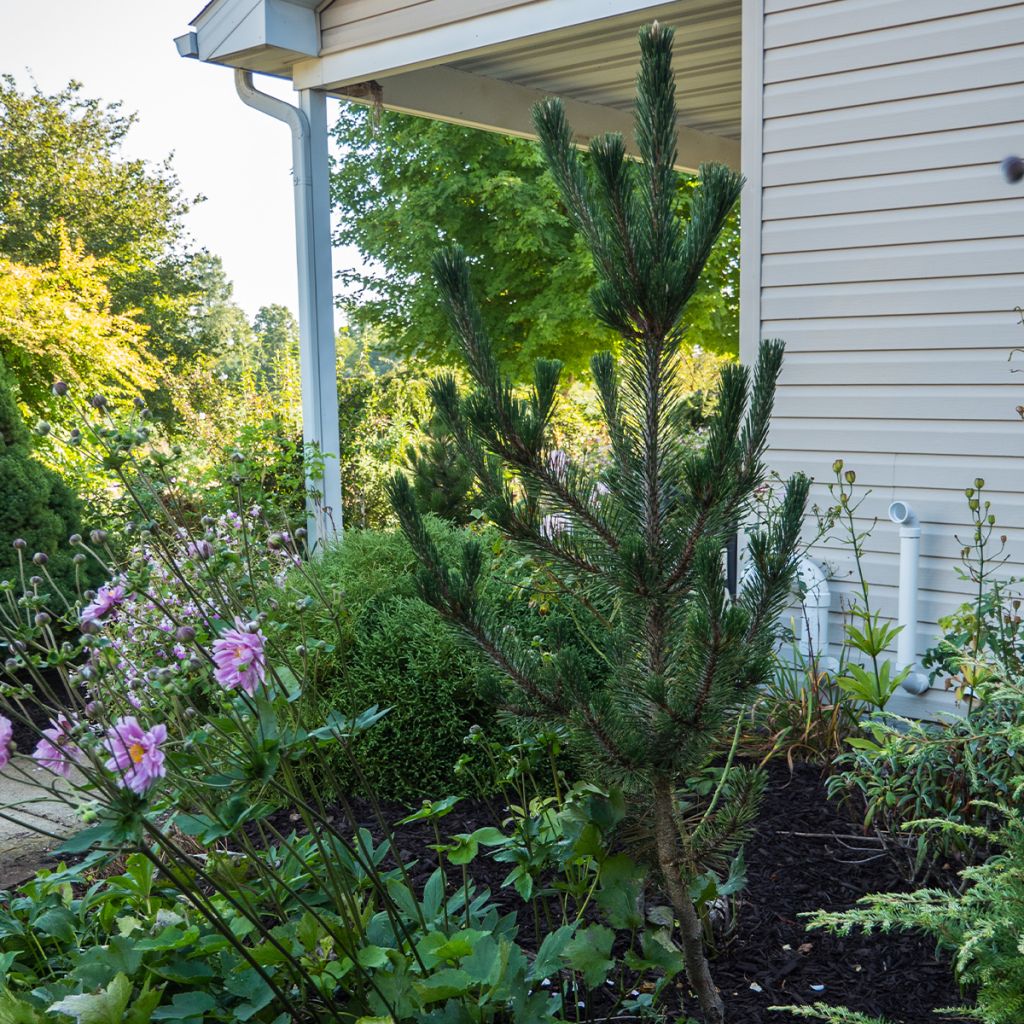

Pinus thunbergii Kotobuki - Japanese Black Pine
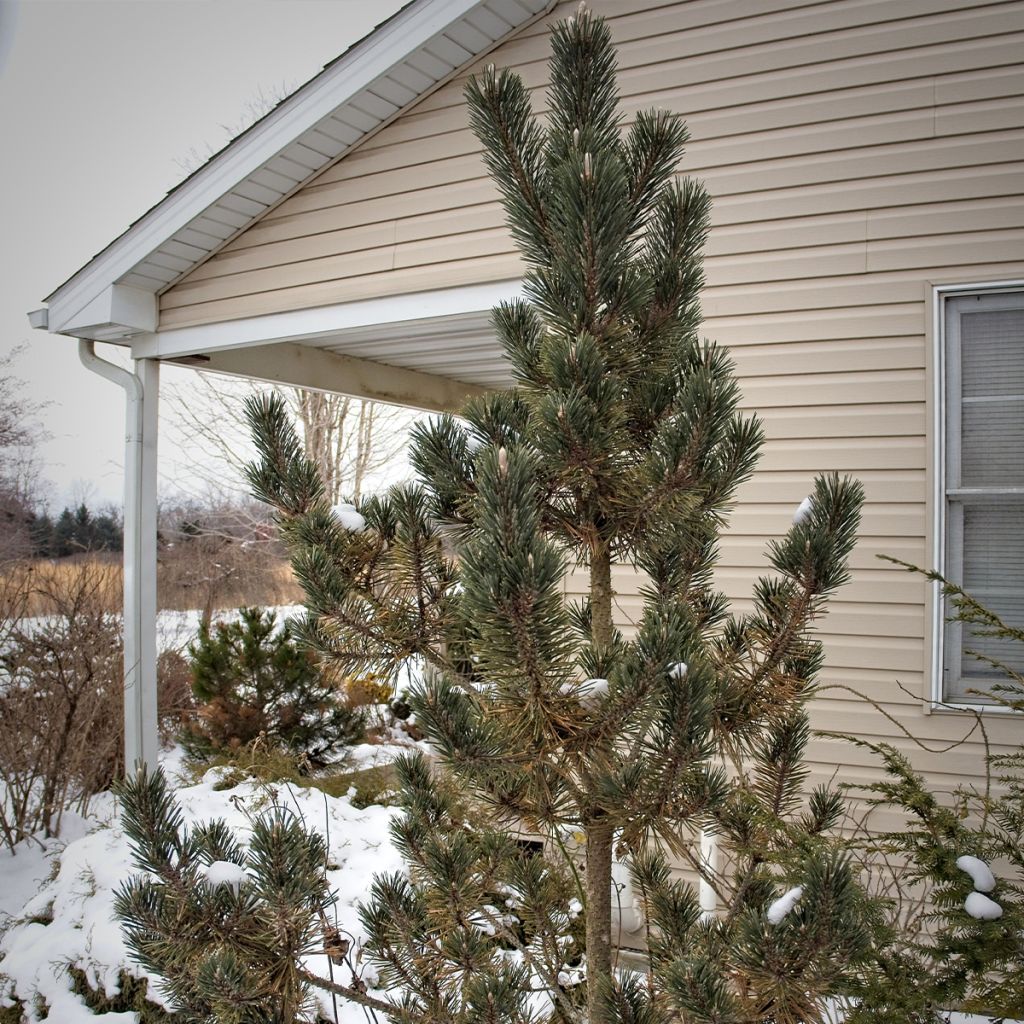

Pinus thunbergii Kotobuki - Japanese Black Pine
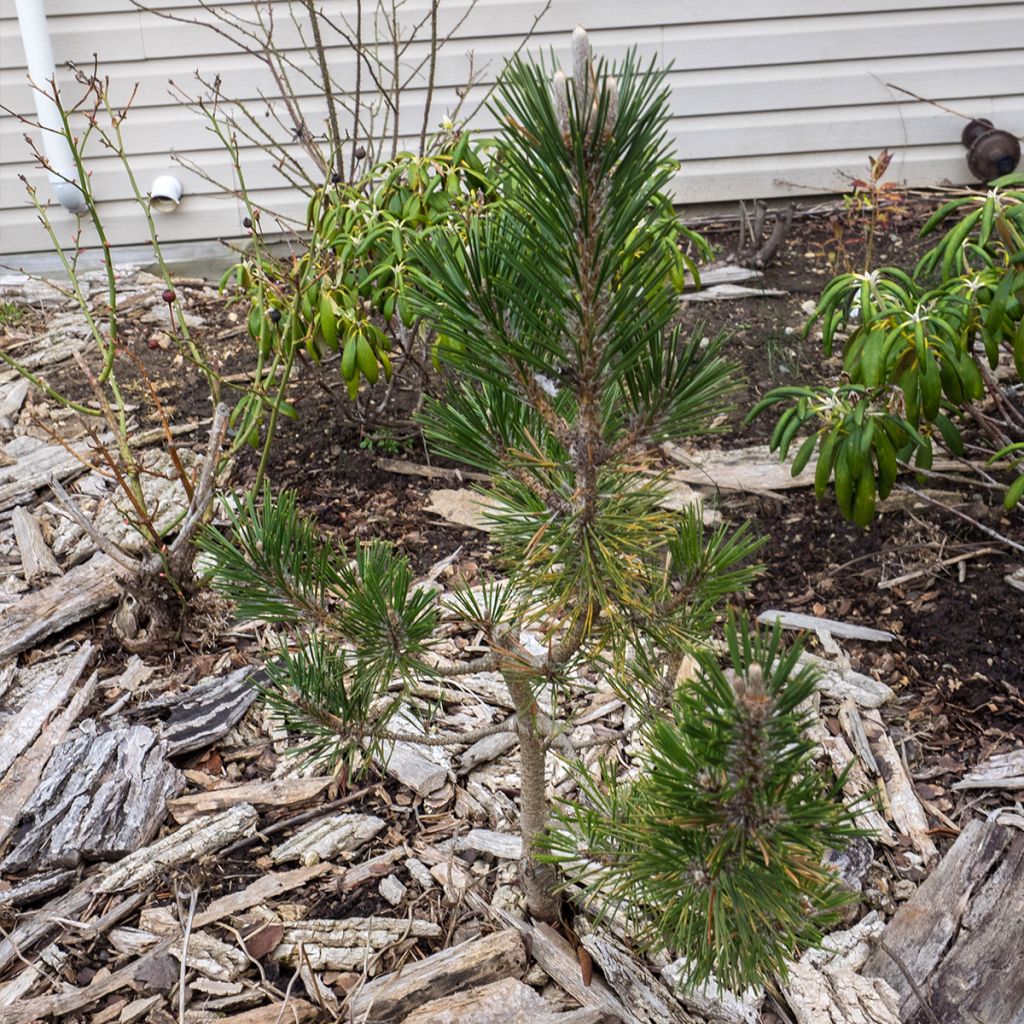

Pinus thunbergii Kotobuki - Japanese Black Pine
Pinus thunbergii Kotobuki - Japanese Black Pine
Pinus thunbergii Kotobuki
Japanese Black Pine, Thunberg's Pine
Special offer!
Receive a €20 voucher for any order over €90 (excluding delivery costs, credit notes, and plastic-free options)!
1- Add your favorite plants to your cart.
2- Once you have reached €90, confirm your order (you can even choose the delivery date!).
3- As soon as your order is shipped, you will receive an email containing your voucher code, valid for 3 months (90 days).
Your voucher is unique and can only be used once, for any order with a minimum value of €20, excluding delivery costs.
Can be combined with other current offers, non-divisible and non-refundable.
Why not try an alternative variety in stock?
View all →This plant carries a 24 months recovery warranty
More information
We guarantee the quality of our plants for a full growing cycle, and will replace at our expense any plant that fails to recover under normal climatic and planting conditions.
Does this plant fit my garden?
Set up your Plantfit profile →
Description
The Pinus thunbergii Kotobuki is a variety of Japanese black pine of small size that, with its original habit and tightly packed short needles, will naturally form a bonsai, without the need for shaping or regular pruning. Its unusual silhouette, interesting all year round, will perfectly integrate into a contemporary or Japanese-style setting, both in the ground and in a container. Easy to grow in any well-drained soil, resistant to pollution and salt, this small conifer is a blessing for gardens by the seaside, exposed to wind, spray, and saltwater seepage.
The Pinus thunbergii Kotobuki belongs to the family of pinaceae. Its ancestor is native to Japan, as suggested by its vernacular name of Japanese black pine. In nature, this conifer can reach a height of 40 meters (131 feet 2 inches). In our climates, it maintains more modest dimensions. Particularly its 'Kotobuki' form, which will not exceed 1.75 meters (5 feet 8 inches) in height and 1.20 meters (3 feet 11 inches) in width at the age of 25. This corresponds to its maximum size.
'Kotobuki' slowly forms a cone or slightly irregular pyramid, with short branches of varying size, upright towards the sky. Its twigs bear needles of 7-10 cm (2.8-3.9 in) in length, arranged in pairs, dark green in colour, with a white sheath at the base. Its bark is gray when young, becoming black, scaly, and very thick on the main branches and trunk.
Place the Japanese black pine Kotobuki prominently, as a standalone or place it in a container on the terrace. A true natural bonsai, it will find its place in a small garden, in a rockery, or near an entrance. It can also be placed against a grove, or use its silhouette as a backdrop to highlight flowering plants or the lighter foliage of other dwarf conifers, dwarf shrubs, or white-flowering perennials in particular. It goes well with large stones, the geometric lines of swimming pools or buildings, and masonry works. The graphic qualities of conifers naturally stand out in a contemporary or urban garden, which emphasizes shapes and textures rather than the abundance of blooms. These evergreen plants provide long-lasting structure to a bed, mark pathways, or accentuate a terrace corner. The key is to play with volumes and colours!
Pinus thunbergii Kotobuki - Japanese Black Pine in pictures
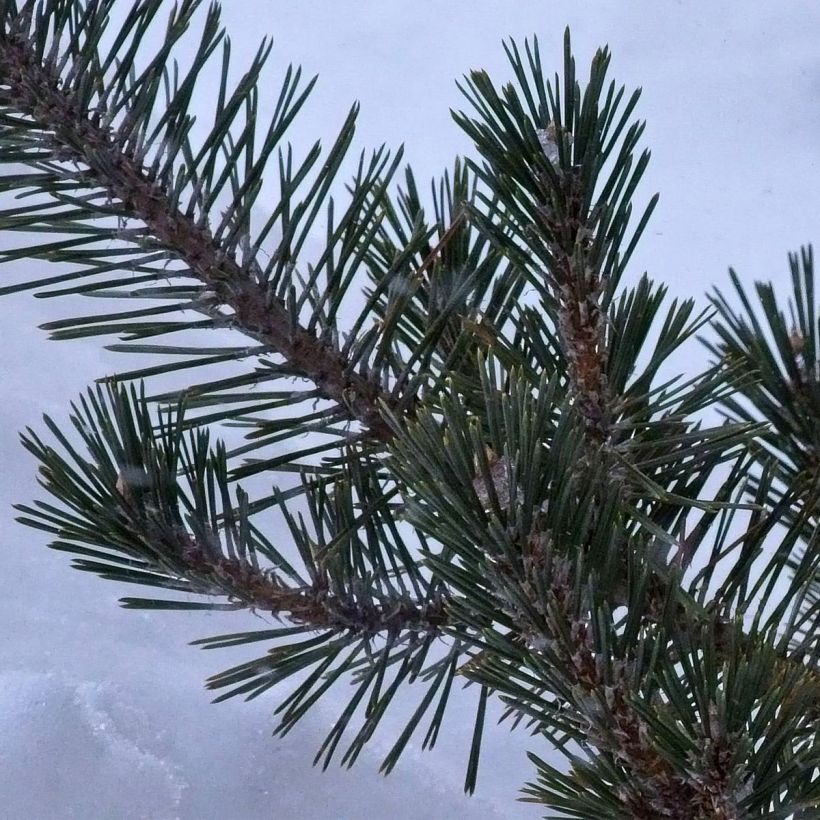

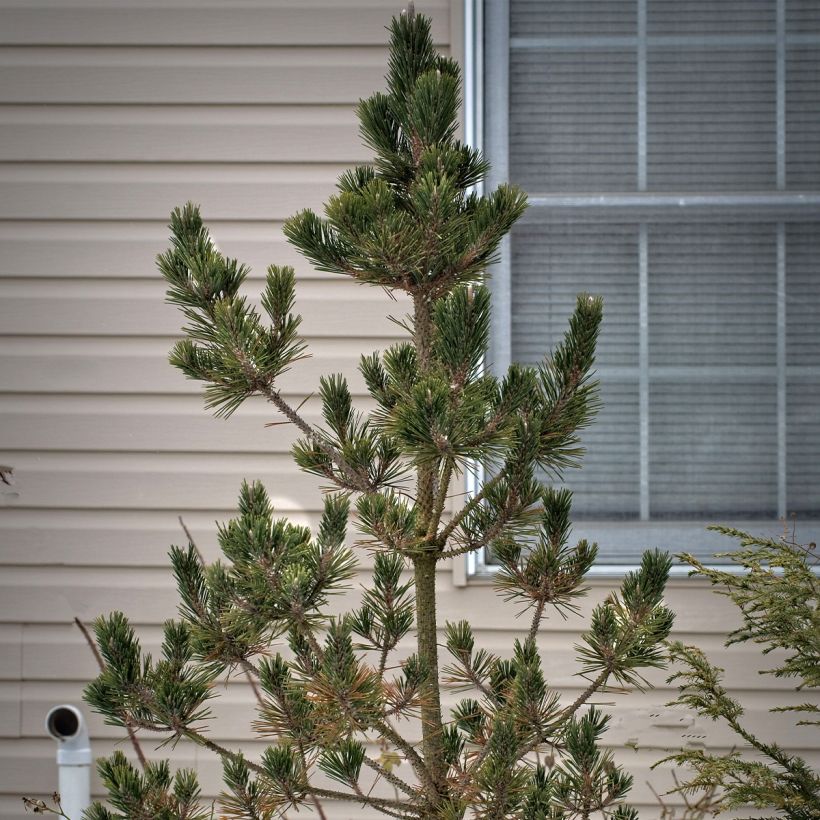

Plant habit
Foliage
Botanical data
Pinus
thunbergii
Kotobuki
Pinaceae
Japanese Black Pine, Thunberg's Pine
Cultivar or hybrid
Other Pinus - Pine
View all →Planting and care
The Pinus thunbergii Kotobuki can be planted from September to November and from February to June in ordinary but well-drained soil, even sandy, and quite dry in summer. It only fears heavy, very wet soils in winter and scorching temperatures. However, it requires a sunny exposure to develop well. Soak the root balls well before planting. Optionally, add organic amendment at planting and water generously in the first years, and in case of prolonged drought. You can apply a special conifer fertilizer every year in April and cultivate the soil in summer. This hardy conifer (down to -15°C (5 °F) at least) does not need to be pruned.
Planting period
Intended location
Care
Planting & care advice
This item has not been reviewed yet - be the first to leave a review about it.
Similar products
Haven't found what you were looking for?
Hardiness is the lowest winter temperature a plant can endure without suffering serious damage or even dying. However, hardiness is affected by location (a sheltered area, such as a patio), protection (winter cover) and soil type (hardiness is improved by well-drained soil).

Photo Sharing Terms & Conditions
In order to encourage gardeners to interact and share their experiences, Promesse de fleurs offers various media enabling content to be uploaded onto its Site - in particular via the ‘Photo sharing’ module.
The User agrees to refrain from:
- Posting any content that is illegal, prejudicial, insulting, racist, inciteful to hatred, revisionist, contrary to public decency, that infringes on privacy or on the privacy rights of third parties, in particular the publicity rights of persons and goods, intellectual property rights, or the right to privacy.
- Submitting content on behalf of a third party;
- Impersonate the identity of a third party and/or publish any personal information about a third party;
In general, the User undertakes to refrain from any unethical behaviour.
All Content (in particular text, comments, files, images, photos, videos, creative works, etc.), which may be subject to property or intellectual property rights, image or other private rights, shall remain the property of the User, subject to the limited rights granted by the terms of the licence granted by Promesse de fleurs as stated below. Users are at liberty to publish or not to publish such Content on the Site, notably via the ‘Photo Sharing’ facility, and accept that this Content shall be made public and freely accessible, notably on the Internet.
Users further acknowledge, undertake to have ,and guarantee that they hold all necessary rights and permissions to publish such material on the Site, in particular with regard to the legislation in force pertaining to any privacy, property, intellectual property, image, or contractual rights, or rights of any other nature. By publishing such Content on the Site, Users acknowledge accepting full liability as publishers of the Content within the meaning of the law, and grant Promesse de fleurs, free of charge, an inclusive, worldwide licence for the said Content for the entire duration of its publication, including all reproduction, representation, up/downloading, displaying, performing, transmission, and storage rights.
Users also grant permission for their name to be linked to the Content and accept that this link may not always be made available.
By engaging in posting material, Users consent to their Content becoming automatically accessible on the Internet, in particular on other sites and/or blogs and/or web pages of the Promesse de fleurs site, including in particular social pages and the Promesse de fleurs catalogue.
Users may secure the removal of entrusted content free of charge by issuing a simple request via our contact form.
The flowering period indicated on our website applies to countries and regions located in USDA zone 8 (France, the United Kingdom, Ireland, the Netherlands, etc.)
It will vary according to where you live:
- In zones 9 to 10 (Italy, Spain, Greece, etc.), flowering will occur about 2 to 4 weeks earlier.
- In zones 6 to 7 (Germany, Poland, Slovenia, and lower mountainous regions), flowering will be delayed by 2 to 3 weeks.
- In zone 5 (Central Europe, Scandinavia), blooming will be delayed by 3 to 5 weeks.
In temperate climates, pruning of spring-flowering shrubs (forsythia, spireas, etc.) should be done just after flowering.
Pruning of summer-flowering shrubs (Indian Lilac, Perovskia, etc.) can be done in winter or spring.
In cold regions as well as with frost-sensitive plants, avoid pruning too early when severe frosts may still occur.
The planting period indicated on our website applies to countries and regions located in USDA zone 8 (France, United Kingdom, Ireland, Netherlands).
It will vary according to where you live:
- In Mediterranean zones (Marseille, Madrid, Milan, etc.), autumn and winter are the best planting periods.
- In continental zones (Strasbourg, Munich, Vienna, etc.), delay planting by 2 to 3 weeks in spring and bring it forward by 2 to 4 weeks in autumn.
- In mountainous regions (the Alps, Pyrenees, Carpathians, etc.), it is best to plant in late spring (May-June) or late summer (August-September).
The harvesting period indicated on our website applies to countries and regions in USDA zone 8 (France, England, Ireland, the Netherlands).
In colder areas (Scandinavia, Poland, Austria...) fruit and vegetable harvests are likely to be delayed by 3-4 weeks.
In warmer areas (Italy, Spain, Greece, etc.), harvesting will probably take place earlier, depending on weather conditions.
The sowing periods indicated on our website apply to countries and regions within USDA Zone 8 (France, UK, Ireland, Netherlands).
In colder areas (Scandinavia, Poland, Austria...), delay any outdoor sowing by 3-4 weeks, or sow under glass.
In warmer climes (Italy, Spain, Greece, etc.), bring outdoor sowing forward by a few weeks.






























